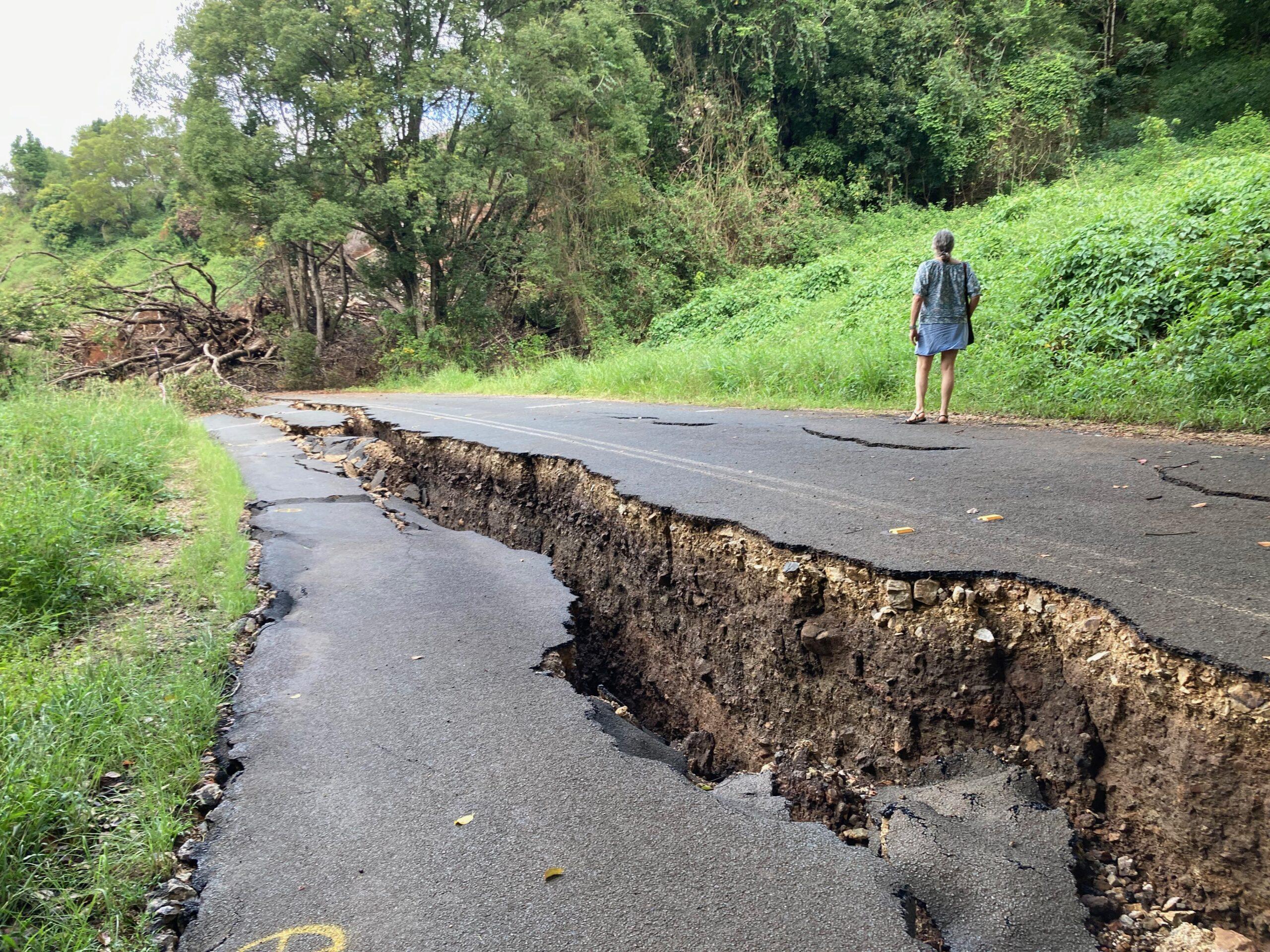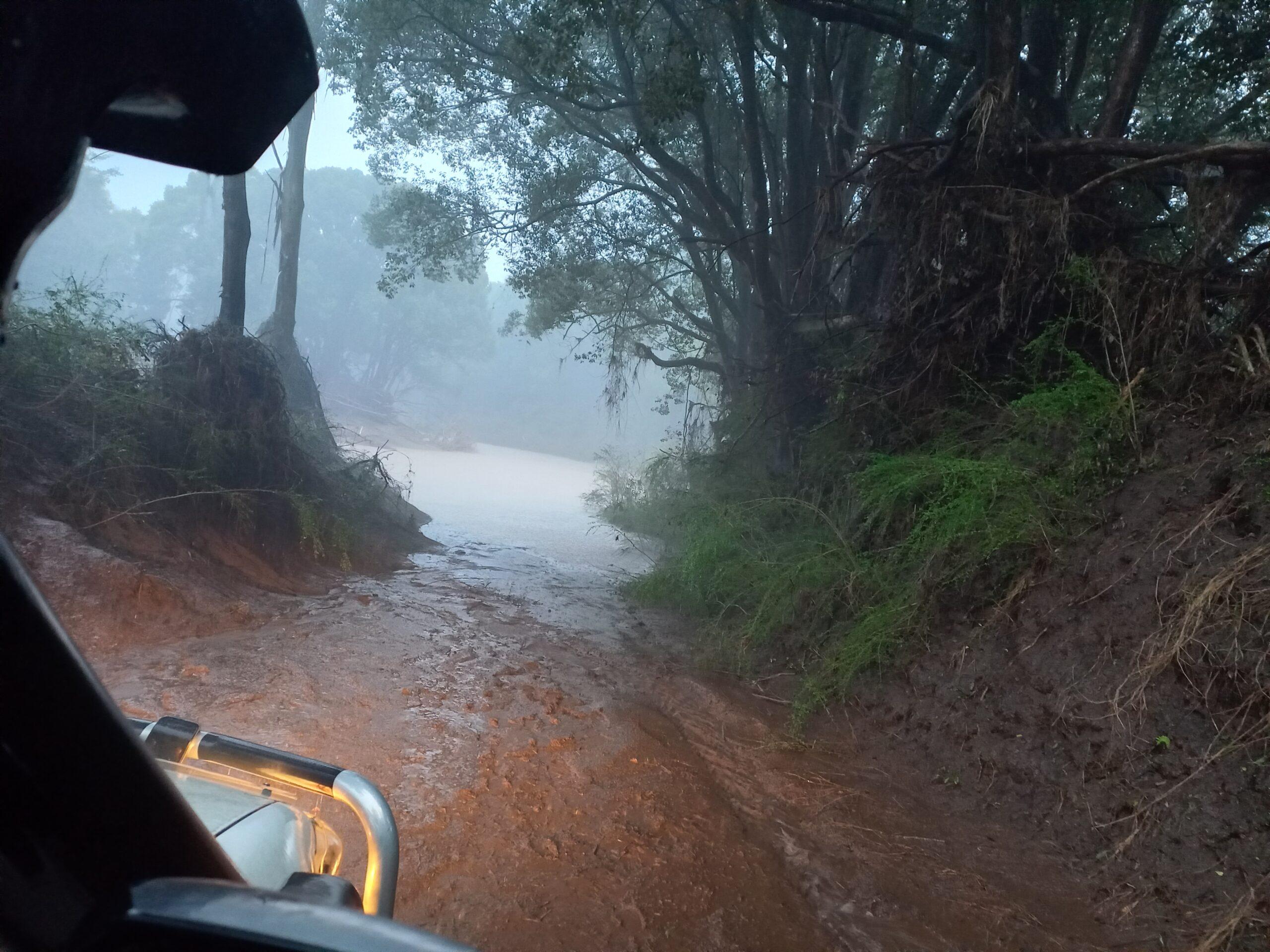Project start date: 01/09/2023
Project end date: 30/06/2026
NESP funding: $760,021 (GST-exclusive)
The Northern Rivers region of New South Wales is home to many culturally significant entities, threatened species and ecological communities at risk of extinction from the combined impacts of ecologically unsustainable land use, invasive species and climate change. The region is home to significant cultural values, wetlands, national parks, World Heritage Areas, declared Aboriginal Areas, Indigenous Protected Areas, Native Title Determinations and the remnants of the ‘Big Scrub’ subtropical rainforest.
This project is developing a climate change adaptation plan for focal culturally significant entities, threatened species and ecosystems of the Northern Rivers region, co-designed to be embedded in planning and initiatives by local communities and governments. Hub researchers are taking a bottom-up, community-centred approach, working with local Landcare, species-monitoring groups and Indigenous organisations. This process will integrate with adaptation and resilience planning being undertaken by relevant local, state and federal government agencies.

Landslide after the big flood on the road between Goonengerry and Federal in the Northern Rivers region. Photo: Brendan Mackey.
Adaptation is needed both now and in the future. To be sustainable, adaptation strategies and options must be feasible and effective, have social licence, be culturally appropriate and be informed by local knowledge – including traditional knowledge. The project will deliver applied research outcomes and a web-based decision-support platform for stakeholders, including the data, information and tools needed to support adaptation actions for climate-related risks to species and ecosystems.
These are problems facing all landscapes and communities throughout Australia. The Northern Rivers region is a suitable case study where approaches and tools can be developed that are transferable to other regions.

Flood at Coopers Creek, NSW. Photo: Oliver Costello.
Key research areas
To address these climate adaptability challenges, this project is:
No resources found.
Project leader
The project is being led by Professor Brendan Mackey from Griffith University and Oliver Costello from the Jagun Alliance Aboriginal Corporation. This project will contribute to 3 cross-cutting initiatives:
Contact
For further information, contact b.mackey@griffith.edu.au, oli@jagunalliance.org.au or nesplandscapes@uwa.edu.au.
Research users
People